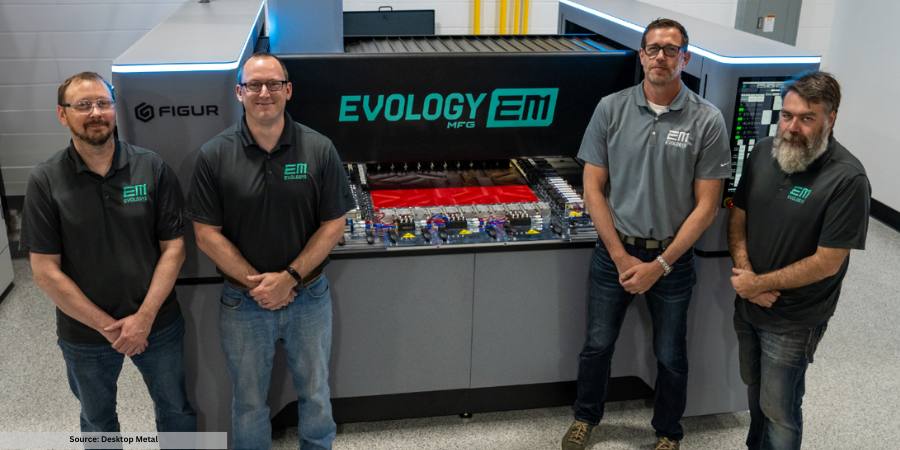
 Heat Treat Today’s Medical and Heat Treating December 2019 issue featured an article on medical alloys. Heat Treat Today talked with respected industry expert, Thomas Wingens of Wingens International Industry Consultancy, about current medical alloy trends. Here are some of his thoughts.
Heat Treat Today’s Medical and Heat Treating December 2019 issue featured an article on medical alloys. Heat Treat Today talked with respected industry expert, Thomas Wingens of Wingens International Industry Consultancy, about current medical alloy trends. Here are some of his thoughts.
To read the full article to which Thomas Wingens’ comments pertain, go to Medical Alloys Their Uses and Heat Treatments
Heat Treat Today: Who is the new kid on the block in medical metals?
Thomas Wingens: Magnesium. While magnesium is a light metal used in the automotive industry, in the last five years it has become a player within the medical industry. Magnesium occurs naturally in our bodies and because our bodies can absorb it, magnesium is being engineered to last for two years and then it will deteriorate back into the body.
HTT: What are the top metals and alloys that are being used today in medical procedures and why are they beneficial to the patient?
TW: Titanium is one of the top metals because it is neutral due to the titanium oxide on the surface which makes it biocompatible.
One of the most used metals is cobalt chromium, which is highly regarded in joint and dental implants because of its outstanding osseointegration, strength, and wear resistance.
Nitinol is another top alloy. It is composed of nickel and titanium. Nickel by itself is not good for the body as it can cause headaches, however, when paired with titanium, it is a balanced alloy that is used in the spine and to produce stents for the heart. It is also a memory shape alloy that I use in STEM presentations to show students how nitinol can be twisted yet, when heated, will return to its original form.
HTT: What are your thoughts on the market forecast of medical heat treating?
TW: When taking into consideration the components of implants, tooling, and equipment, studies have shown a consistent market growth of 5-6% each year. The top joint replacements are hips with the knees, being a more complicated procedure, coming in second. Couple these with prothesis implants and x-ray tubes with copper coils, and business continues to climb.
HTT: What do you see as an exciting or disruptive heat treating technology or material in the medical field?
TW: DISRUPTION is taking place in personalized medicine. There are a bunch of very small devices for sensors and analytical devices for home use, as well for drug delivery.
A Quick Guide to Alloys and Their Applications
Titanium

(Image source: Medical Design Briefs)
- Implants
- Neurostimulators
- Orthopedic Rods
- Pins and Plates
- Heart Valve Housings
- Prosthetic Eyes
- Surgical Instruments
- Drills
- Forceps
- Retractors
- Scissors
- Needles
Cobalt Chromium
- Bearing Surfaces Hip/Knee Replacements

(Image source: Medical Design Briefs)
Niobium
- Pacemakers
Tantalum
- Bone Implants,
- Vascular Clips,
- Flexible Stents
Nitinol
- Stents
- Heart Valve Tools
- Staples
- Bone Anchors
- Septal Defect Devices
- Diagnostic Guide Wires
- Arch Wires for Braces
Copper
- Antigerm Surfaces
- Medical Electric Devices





